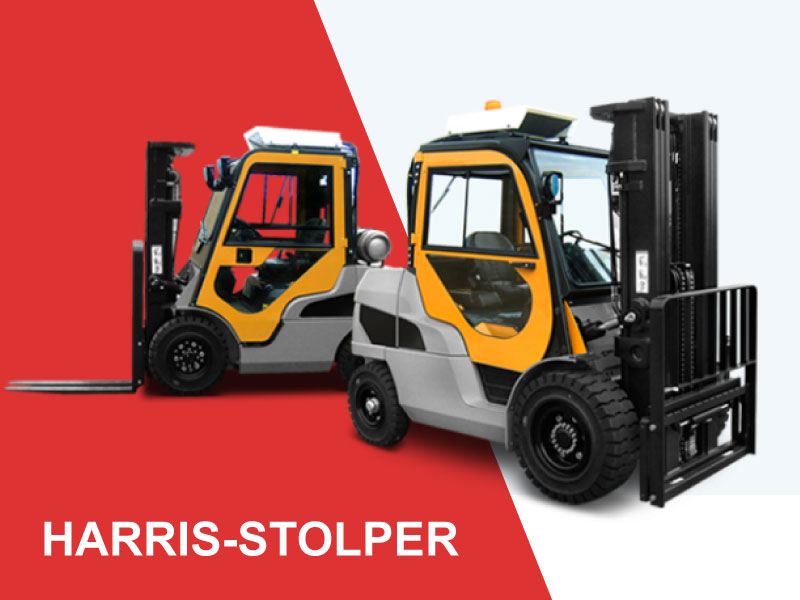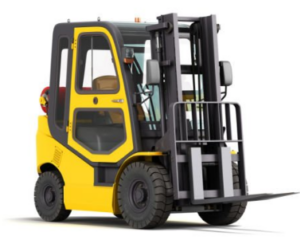 Introduction
Introduction
Forklifts are indispensable in warehouses, distribution centers, and manufacturing facilities for their efficiency in lifting and moving heavy loads. However, using these powerful machines comes with inherent risks, making safety a top priority. One critical safety feature that significantly enhances operator protection is the operator cab. Let’s explore why operator cabs are essential for forklift operator safety.
Enhanced Protection from External Hazards
Operator cabs provide a shielded environment for forklift operators, protecting them from external hazards such as falling objects, debris, and inclement weather conditions. By enclosing the operator within a designated space, operator cabs minimize the risk of injury from external impacts, contributing to a safer working environment.
Protection from Harmful Substances
In certain industrial settings, forklift operators may meet hazardous substances such as chemicals, dust, or fumes. Operator cabs equipped with proper seals and ventilation systems create a barrier between the operator and these substances, reducing the risk of exposure and potential health hazards.
Improved Ergonomics and Comfort
Forklift operators often spend extended periods behind the wheel, making ergonomics and comfort crucial for productivity and well-being. Operator cabs are designed with ergonomic features to accommodate adjustable seats, controls within easy reach, and sound insulation to minimize operator fatigue and discomfort during prolonged shifts.
Noise Reduction
Forklifts can generate significant noise levels during operation, which can not only be disruptive but also pose a risk of hearing damage to operators. Operator cabs with soundproofing materials help mitigate noise levels, creating a quieter and more conducive working environment for forklift operators.
Protection from Falls and Accidents
In case of a forklift tip-over or collision, operator cabs provide a protective enclosure that reduces the risk of operator injury. Falling Objects Protection Structures (FOPS) integrated into the design of operator cabs enhance structural integrity and help prevent injuries in case of an accident, safeguarding the operator’s physical well-being.
Compliance with Safety Regulations
Occupational safety regulations mandate the use of operator cabs in certain industries and environments where forklifts are used. Compliance with these regulations not only ensures the safety of forklift operators but also helps organizations avoid penalties and legal liabilities associated with non-compliance.
In Summary
Operator cabs with FOPS are an indispensable safety feature in forklift operations, providing crucial protection from various hazards. By incorporating Falling Object Protective Structure (FOPS) technology into operator cabs, organizations can significantly enhance workplace safety for forklift operators. These cabs offer robust protection against falling objects, harmful substances, noise pollution, and accidents, thereby mitigating risks and promoting a safer working environment. Investing in forklifts equipped with FOPS-enhanced operator cabs demonstrates a commitment to prioritizing the well-being of employees and complying with safety regulations. However, ensuring optimal safety requires ongoing support and expertise.
That’s where Harris Stolper International Inc. comes in.
Harris Stolper International Inc. is a trusted partner in forklift safety solutions, offering comprehensive support and guidance to organizations seeking to optimize their safety measures. Our team of experts specializes in assessing workplace hazards, recommending tailored safety solutions, and providing training to ensure proper implementation and compliance.
Whether you’re looking to upgrade your forklift fleet with FOPS-equipped cabs or seeking guidance on safety best practices, Harris Stolper International Inc. is here to help. Contact us today to learn more about how we can support your organization in creating a safer and more productive work environment. Remember, when it comes to forklift operations, safety always comes first, and Harris Stolper International Inc. is your partner in achieving safety excellence.


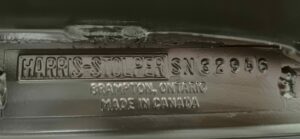
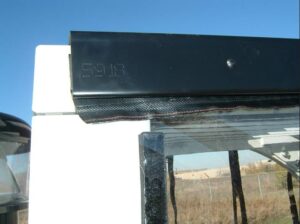

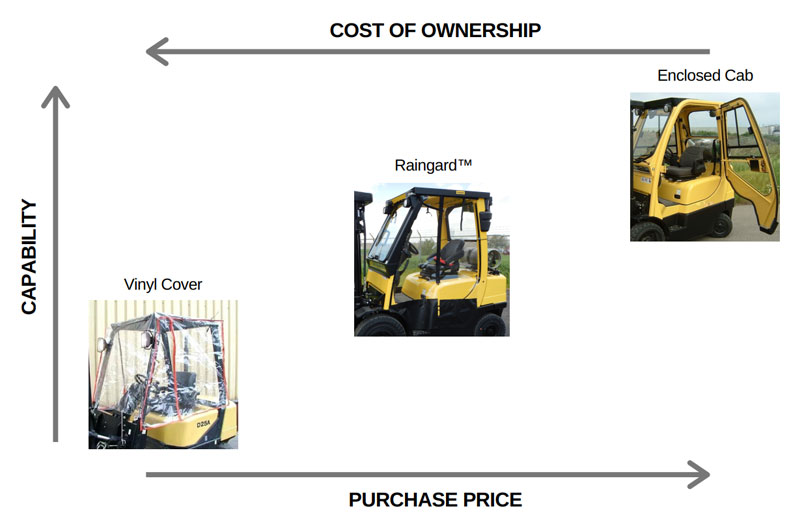
 Before you owned a car you probably took the bus. And before you took the bus, maybe you walked or rode your bicycle.
Before you owned a car you probably took the bus. And before you took the bus, maybe you walked or rode your bicycle.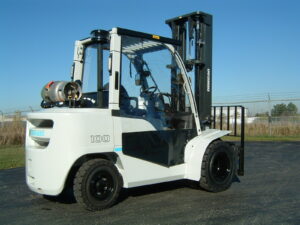 If you’re looking for a budget-friendly and durable solution to protect your operators against the rain or sun, consider leveling up to hard panels fitted for your particular truck.
If you’re looking for a budget-friendly and durable solution to protect your operators against the rain or sun, consider leveling up to hard panels fitted for your particular truck.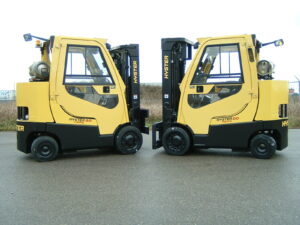 An enclosed steel cab is the Cadillac of the operator enclosure market.
An enclosed steel cab is the Cadillac of the operator enclosure market.